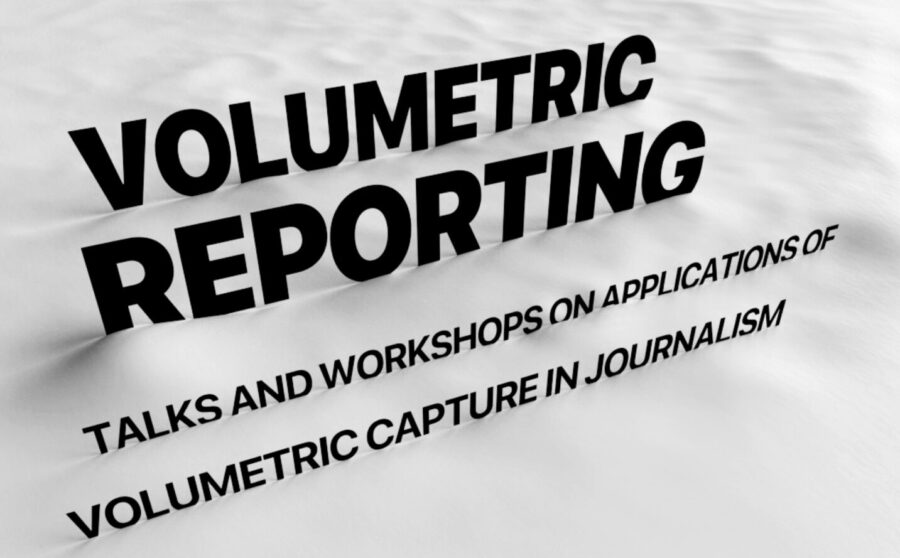Advances in sensing hardware and computer vision algorithms have enabled common smartphone and tablet devices to be able to see and understand the world in more ways than ever before. Not only are these devices able to display 3D content, but they are quickly being equipped with technologies that allow for 3D capture. Applications have flooded the app stores for consumers to play with this technology — allowing living rooms to be filled with Pokémon for kids, and furniture and wall-color paint samples for adults. In addition to these more playful applications, this type of capture and display also provides new opportunities for journalists and storytellers.
The field of journalism was one of the first to capture and publish the world in 3D. Multiple journalism pieces have been created for Augmented and Virtual Reality (AR and VR), and news organizations like The New York Times and The Washington Post have dedicated sections for such content on their mobile apps. For reporters, volumetric photography methods like Photogrammetry enable the capture of a scene in 3D, which can be revisited for future reporting, or navigated by the viewer to see an object from different points of view.
In examples seen so far, journalists use AR in cases where scale or a sense of presence can provide new insights about the subject being reported. But early experiments with this type of reporting and storytelling have been taken up mainly by large newsrooms, despite the fact that the underlying technologies are becoming more accessible. There is a similar gap in education, a few academic programs have incorporated these tools into the classroom — at our own journalism school, these technologies are not yet a part of the regular curriculum. As the technology becomes more accessible for readers to experience on their devices, how can reporters add this kind of exploration to their daily workflows? What makes for good use of the technology to either investigate or tell a story?
Talks
Immersive Journalism
Francesca Panetta ( The Guardian, MIT Advanced Virtuality Lab)
February 26, 2021 from 11 am-12:00 pm ET
Register to Attend
Investigations in 3D
Shourideh C. Molavi ( Forensic Architecture)
March 12, 2021 from 11 am-12:00 pm ET
Register to Attend
Applying Emerging Technologies In Service of Journalism
Members of the New York Times R&D team
March 26, 2021 from 11:00 am – 12:00 pm ET
Register to Attend
March 24, 2021 from 9:00 am – 11:00 am ET
This series is supported by the Provost Teaching & Learning grant for Emerging Technologies.
A full listing of lectures and events can be found on our events page.

